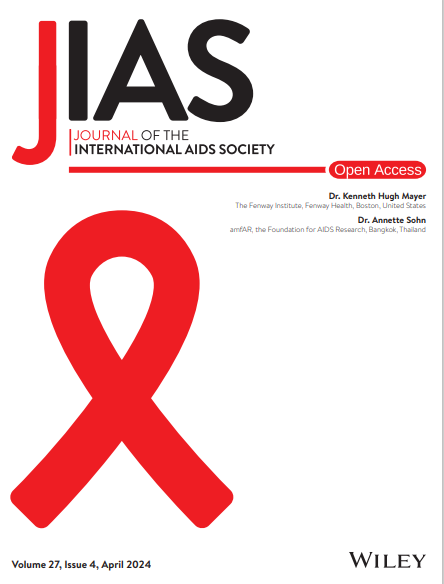The science at HIVR4P 2024: The era of choice in biomedical HIV prevention
Abstract
Introduction
HIVR4P 2024, the 5th HIV Research for Prevention Conference, took place in Lima, Peru, 6–10 October 2024. The conference focused on new developments in HIV prevention from basic research to new product development and implementation science.
Methods
Sessions were assigned to one of five tracks: basic science; pre-exposure prophylaxis (PrEP) and antiretroviral (ARV)-based prevention; vaccines and broadly neutralizing antibodies (bNAbs); applied and implementation science; and other prevention modalities and cross-cutting issues. A team of rapporteurs covered each track and identified conference highlights.
Results
Strategies to elicit bNAb responses by vaccination are advancing to clinical trials, while combination bNAbs show promise as an alternative to ARV-based products. There is promising diversity in the PrEP product pipeline and twice-yearly lenacapavir has demonstrated exceptional efficacy, but barriers to widespread access and implementation remain, compounded by new challenges from the significant policy changes and funding reductions of the new US administration. Innovative ways of delivering PrEP to vulnerable communities that could benefit are being explored and, in some cases, have been successfully implemented.
Discussion
Choice in HIV prevention products and differentiated delivery models that enable clients to select options that meet their preferences and changing needs is essential. Additionally, the involvement of the community throughout the design, implementation and dissemination process is necessary to maximize the impact of HIV prevention. Ensuring equitable access in a rapidly changing context will involve policy changes, partnerships with local organizations and addressing social determinants that impact health outcomes.
Conclusions
We are in an era with more tools than ever before to prevent HIV acquisition; now, we need to facilitate collaborations between diverse stakeholders, including researchers, community members, policymakers, healthcare providers and funders. The future of HIV prevention should lie in a holistic approach that respects individual choice, enhances service accessibility and is flexible to meet evolving challenges and opportunities. However, policy changes since the conference ended have profoundly altered the HIV prevention landscape and threaten the advances described in this report.

 求助内容:
求助内容: 应助结果提醒方式:
应助结果提醒方式:


